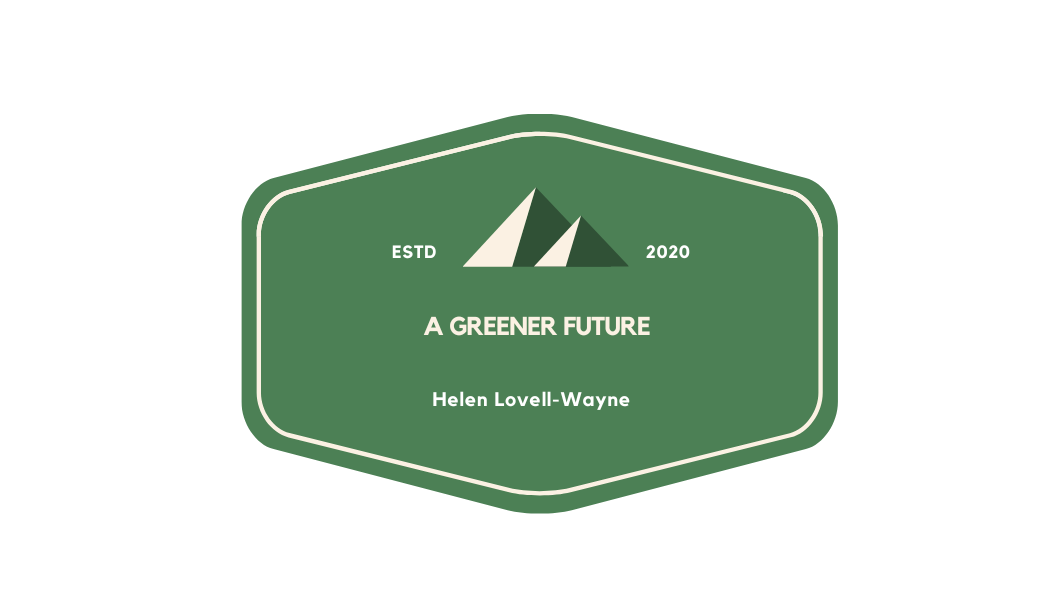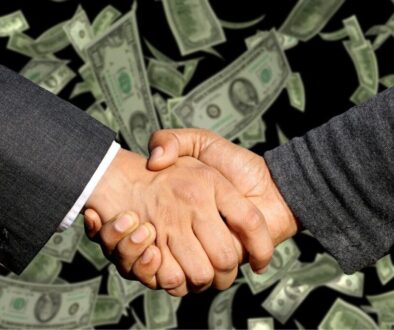Oh Coffee, My Coffee

By Helen Lovell-Wayne, MS
https://www.instagram.com/agreenerftr/
This paper aims to inform consumers about the products they may be currently be buying. Hopefully with enough demand from consumers, industries will supply safer and more sustainable products.
The majority of working adults in America drink coffee before going to work. Numerous studies have promoted the health benefits of drinking this beverage (James H O’Keefe et al. 2013). Specifically, the benefits include reducing the chances of getting heart disease, diabetes, and reducing cancer risk (Godos, J et al 2014). Not surprisingly, coffee is the second most traded commodity in the world after petroleum (P. Murthy and Madhava M. 2011). However, beneath its surface, this seemingly innocent cup of coffee is implicated in the destruction of the world’s rainforests. In all likelihood, this is because the goal of the coffee market is to maximize profits and minimize expenditures. In most circumstances, sustainability is not part of the business plan.
☕️COFFEE PLANTS LIFE CYCLE 🍯
The majority of coffee beans are grown on four continents-Africa, Latin America, South America and Asia. Ababica is often considered superior in taste compared to other coffee species(G. Grosso 2014). Ababica grows best on hillsides between 1000-3000 feet above sea level (J. Crawford). The coffee plants attain a height of 8-10 feet and begin to bear fruit at two years old (J. Crawford).
Later, at around twenty years old the coffee trees yields substantially dwindle (K. Watson 2001). Consequently, they are useless for the grower, so they clear more rainforests and plant more trees (K. Watson 2001) . The soil is usually found on a slope. Therefore the rains cause the topsoil to run off and the remaining soil to become hard which makes it difficult to support plant life. In addtion their simply not enough nutrients to sustain plant life for any length of time in this type of soil (R. Kasongo 2011).
A few non-profits are currently showing coffee growers how to treat the soil in a more sustainable way. However without laws the growers don’t tend to have sufficient motivation to change their habits. On the other hand some farmers have changed thier habits and now produce coffee in a sustainable manner. Trees are typically planted in the rainforest (R. Borkhataria et al 2011). Consequently thier is no need to cut down more of the rainforest every 20 years. Which enables the soil to maintain its nutrient levels. Additionally this type of farming offers alternative income if coffee prices decline. For instance the grower could make money from honey, hearts of palm or ecotourism (R. Borkhataria et al 2011).
🌎SUSTAINABLE COFFEE LABELS 🌎
In recent years the American youth has become increasingly aware of the environmental consequences of coffee production. Nonprofits have emerged to help solve the ecological problems caused by coffee producing regions. (A. Linton 2007).Some coffee bean containers now have stickers on them. They say things like Rainforest Alliance, Conservation Intervention, Smithsonian Bird Friendly Coffee, Farm Direct and Organic (T. Dietsch and Philpott, S. 2008). These labels suggest that some of the coffee is sustainably gorwn, but the extent of these practices may vary (T. Dietsch and Philpott, S. 2008). In addition some of the coffee by-products are used for such products as fuel (S. Nebra 1998) and biopesticides (P. Murthy and Madhava, M. 2012).
The non-profits are not in every country, so some brands don’t have the opportunity to obtain the sticker. Plus small farms usually do not have the money to get the sticker even if they are harvesting in a sustainable manner (T. Dietsch and Philpott, S. 2008. The driving factor for most products is money. So just by buying the coffee with these labels increases the demand. Thus it will likely change the grower’s behavior even without the laws to back them up.
However if the consumer likes a brand that does not have any of the stickers, they might want to do some research. Thier preferred coffee brands might be sustainably produced.. If not they might want to change to a brand that is better for the environment and the health of the planet. That way they can enjoy that cup without too much guilt. For more information on sustainable household products read A Tale of Two Papers or The Dish Ran Away With The Spoon.



